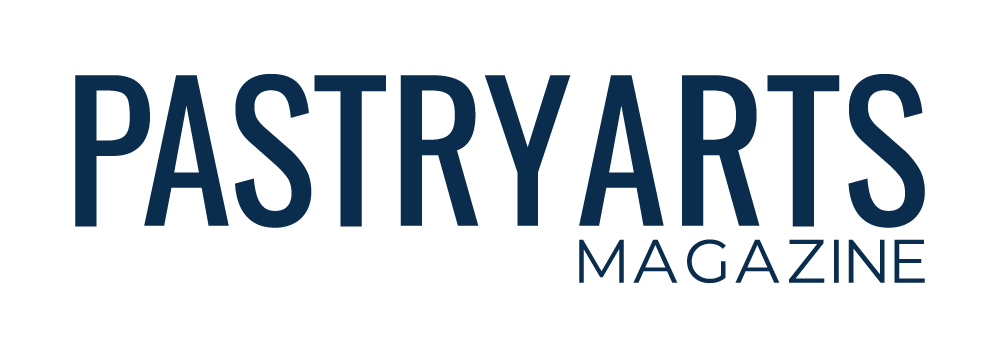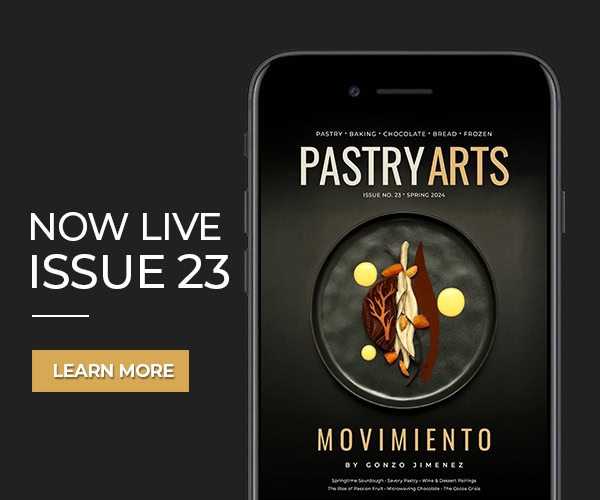CHE, Associate Professor, Baking and Pastry Arts
The Culinary Institute of America, Hyde Park, NY
Melissa Walnock’s love for the culinary arts began in her childhood, cooking at home in New Jersey for her father and her two older brothers when her mother, who was a nurse, was working the night shift. This passion gradually evolved into a career path, and Walnock headed to The Culinary Institute of America in Hyde Park, NY to study her craft. More than a decade later she returned to the CIA, this time as a teacher. Today, Walnock is an Associate Professor in Baking and Pastry Arts at the school, where she heads up the student-run Apple Pie Bakery Café, a position she’s held for the past seven years. Before she became a teacher, Walnock honed her pastry skills at some of the best restaurants in the U.S., including The French Laundry, Tabla, Jean-Georges, Union Square Café and The Breakers. In this interview, she reflects on her career, the joy she gets from teaching, and how the school has evolved since her days as a student.

You spent over a decade working in the pastry departments of some of the best restaurants in the country. Why did you decide to pursue a career in teaching?
After attending the CIA as a student, I had always said I was going to go back as an instructor, I just didn’t have a specific timeline for that. While I was building my career, I was also building a life for myself outside of work. Those two unfortunately collided. I went through a divorce just around the same time I had my son and that flipped my world upside-down. I kept working in restaurants with the long hours, nights, weekends and holidays and I realized I was missing out on these milestones with my son. So, it was time to make a change and there was not even a question that I needed to be back at the CIA. Not only could I achieve the work-life balance I needed, but I was able to share my knowledge with the next generation of pastry chefs, all while continuing to learn from some of the best chefs in our field. It was a win-win!

What are some of the things you learned while working in restaurant kitchens that you try to impart to your students now?
The most important thing I try to tell my students is that everything is going to be ok. It’s hard as a young cook to get started with a lot of confidence, especially in kitchens like Daniel, Per Se or Crown Shy. I remember back when I was young, and I used to let the pressure of the kitchen and the chef get to me. I certainly had my moments of crying in the walk-in. I realized after a few years and a few good cries that I was getting in my own way by letting this pressure get to me. I kind of trained myself to shut out the anxiety and negativity and just focus on what I can learn that would make me a better chef. I think it’s really important to impart this to my students. If they can go out into the industry and know that they need to go through some triumphs as well as failures in order to learn and get better, and also know that everything is going to be alright, I feel like they will be more empowered. I also let them know that everyone makes mistakes. They do. I do. Any chef in any kitchen does. This is how we get better. I always tell my students, I can tell you how to do things right because I’ve done everything wrong at least once.
You received an Associates of Pastry Arts as well as a Bachelors of Professional Studies from the CIA. Tell us about that experience, and how it laid the foundation for your career first as a pastry chef and then as a teacher.
Getting my Associates Degree from the CIA was the best decision I could have made to start my career. I knew that I wanted to be a pastry chef, but I had very little knowledge about the skill set I needed. This was back before Instagram and Tik Tok, outlets where you could at least get some tutorials online. I was a blank slate. Little to no skill, and zero idea about what I truly wanted to do once I graduated. The beauty of the CIA is that you can not only focus just on baking and pastry, but you are also able to see A LOT. I was able to work with bread, pastry, cakes, chocolates and plated desserts, and I was one of the first few classes to go through the Apple Pie Café. In the middle of all of this, I was able to go on my externship and have a real-life experience in a pastry kitchen. By the time I graduated, I had so much more knowledge than when I started at the CIA, and I felt confident to start my career. My bachelor’s degree came into play more when I returned to the CIA as a faculty member. It gave me a better understanding of the educational system and how to approach students not only with recipes and demos, but also with a teacher’s perspective.


What are some of the changes you see in the curriculum and student body from when you were a student?
There have been so many amazing changes to the curriculum! First, we have a more traditional college schedule, which is more appealing to students. Students are also able to choose their schedules each semester. In addition, there are more bachelor’s concentrations for students to choose from (Advanced Pastry in CA, Advanced Wine/Beverage, Asian Cuisine in Singapore, Beverage Production and Service, Farm to Table, Japanese Cuisine, Culinary Science, etc.). We also now offer master’s degree programs, as well (Food Business, Wine and Beverage Management, Sustainable Food Systems). Our students have an extensive educational program specifically geared toward their passion.
As far as the student body goes, we have seen a huge jump in the male-to-female ratio, and a great increase in diversity. Our campus has students from 30 to 40 different countries at any given time, and the male-to-female ration is just about equal. Our industry is a very different landscape than it was when I was a young pastry cook, and it’s clearly reflected on our campus.


What courses are you currently teaching? Any special projects you are working on with your students?
I am currently the Chef Instructor at the Apple Pie Bakery Café. I have been in the café for seven years, and have been the only female chef to have this position since the bakery opened almost 23 years ago. I love this role. Not only do I get to create the bread and pastry menu, but I am also able to work more with savory food, as well. This class is also in the final semester before students graduate from their associates program. Once my students complete their tasks for the day in order for the café to open, I allow them to work on a variety of projects of their choosing. It’s important to me that my students are given an opportunity to work independently on putting a project together from concept, to food order, to packing, to final product. When they are able to do this, using me as a mentor, the students are able to gain a sense of confidence in their abilities before going out into the real world. We work on retail items, macarons, wedding and birthday cakes, molded chocolates, etc.
Other than the Apple Pie Bakery Café, I have taught Baking and Pastry Fundamentals, Baking for Culinary, Restaurant Operations in American Bounty and Food Enthusiast classes.
What are some of the most gratifying things about teaching pastry at the CIA?
To be honest, the most gratifying thing is to see a student have their “ah-ha” moment, whether that be the first time they perfectly apply buttercream to a cake, pipe 100 macarons that are all the same size, or create their own pastry that I sell in the café as a special. It’s amazing just to be there and watch a student use the techniques I’ve shown them, and they finally get it. Not only is it a bit of an affirmation that my teaching is working, but what a difference in confidence for a student to work at something until they succeed. They become less fearful of trying new techniques and growing as a chef. It is also incredible to be working with such amazing chefs. If I have a question about anything, I simply call another chef and talk it through. So much knowledge is just a phone call away.


How would you characterize your pastry style, and what are some ingredients and flavors that you’re currently exploring with your students?
My desserts are approachable with a twist. I always remind myself that I am cooking for my guests, not just for myself. But I do try to leave my mark on things. I want guests to come into my space and find things they can identify with, either in flavors or nostalgia. Things like apple caramel in the fall or strawberry shortcake in summer. But then I will mess around with it a bit. Adding green cardamom to a blueberry dessert. Pickled strawberries to a shortcake. Grapefruit with tarragon and white chocolate. I worked at Tabla as the pastry chef for three years, and I was able to learn so much about spice. I am a huge fan of fresh ginger, tamarind, chilies and saffron. I try to incorporate these in with other flavor profiles that are approachable in the hopes that someone will try them, and it will be a new experience. None of the designs of my pastries are traditional. I am always looking for new trends and techniques, not only to make myself better, but to also keep my students in the know.
What are some of the most important techniques and ideas that you want your students to learn and retain?
There are two main things I want my students to learn. The first is hand skills. This applies to so many things. Right now, there are so many molds and tools available to make a pastry look perfect – quenelle molds, tempering machines for chocolates, entremets molds, molds for éclairs, etc. But these are expensive. And although we are lucky enough to have them at the CIA, these may not be available to my students once they are in the industry. They will need to know how to pipe pâte à choux properly, temper chocolate with the seeding method or by tabling, make a mousse that is light and airy, make perfectly shaped tart shells and correctly develop gluten in breads. Knowing how to make these things by hand – without relying on equipment – my students will know how to create brand new pastries throughout their career. This comes from repetition. Putting the work in. The other thing I would like my students to take with them is the mantra to ‘never be done learning’. There is constant creativeness and advancement in this industry, and we all need to keep pushing to continue to learn and grow. Without it, you will grow bored and eventually lose your passion. Never settle.
(This article appeared in the Fall 2023 issue of Pastry Arts Magazine)







You must be logged in to post a comment.